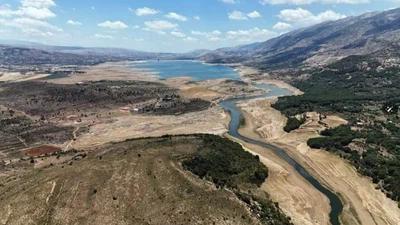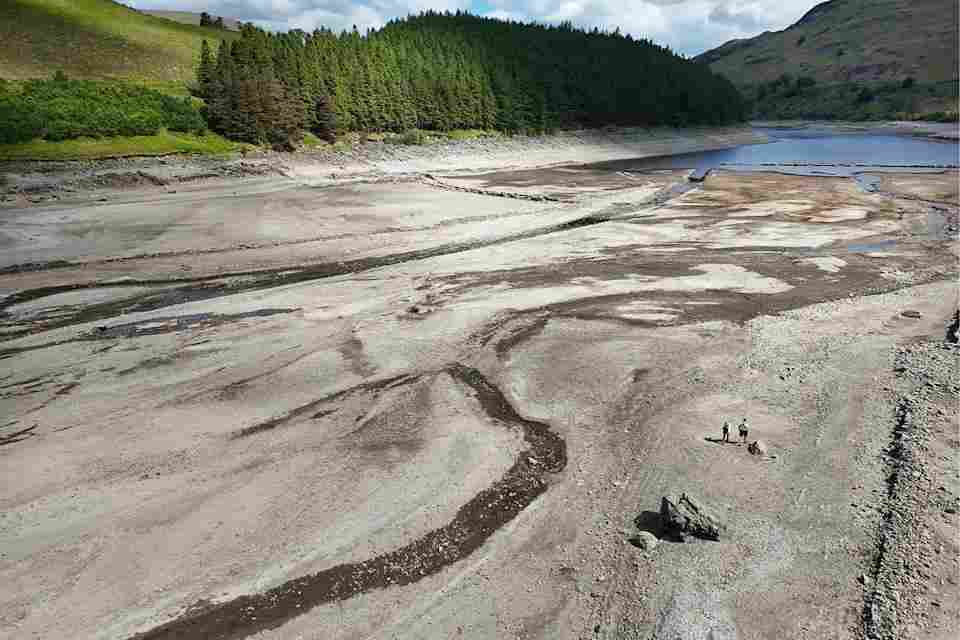
Beirut, Lebanon (Enmaeya News) — Lebanon is facing its worst drought on record, with rainfall more than 50% below average between December 2024 and February 2025, Energy and Water Minister Joe Saddi said, warning reservoirs and aquifers were critically low.
A closer look at annual rainfall data shows a drop of approximately 57% from 2024 to 2025, causing critical strain on public water systems. Beirut received 348 mm of rain in 2025, less than half its average 718 mm; Tripoli had 438 mm versus 720 mm; and Zahle just 234 mm compared with 578 mm.
The lack of rainfall has also reduced snow accumulation and caused earlier-than-usual snowmelt, leading to sharp drops in springs, lakes and dams that supply much of the country’s water.
Water reserves have fallen sharply from 2024 to 2025, data showed. Jeita Spring dropped to 40,000 cubic meters from 90,000 a year earlier, while Al Asal fell to 10,000 from 25,000 and Barouk to 5,000 from 20,000. Kaismani Dam’s storage plunged to 150,000 cubic meters from 1 million, and Baklei Lake nearly halved to 225,000 from 408,000. The Litani River National Authority said its lake received just 45 million cubic meters in 2025, far below the 350 million annual average.
Experts warn the shortages could threaten public health, food security and economic stability if dry conditions persist. The ministry said it was coordinating with international partners to secure emergency assistance and urged citizens to conserve water.






